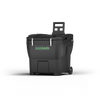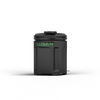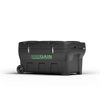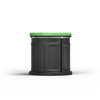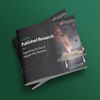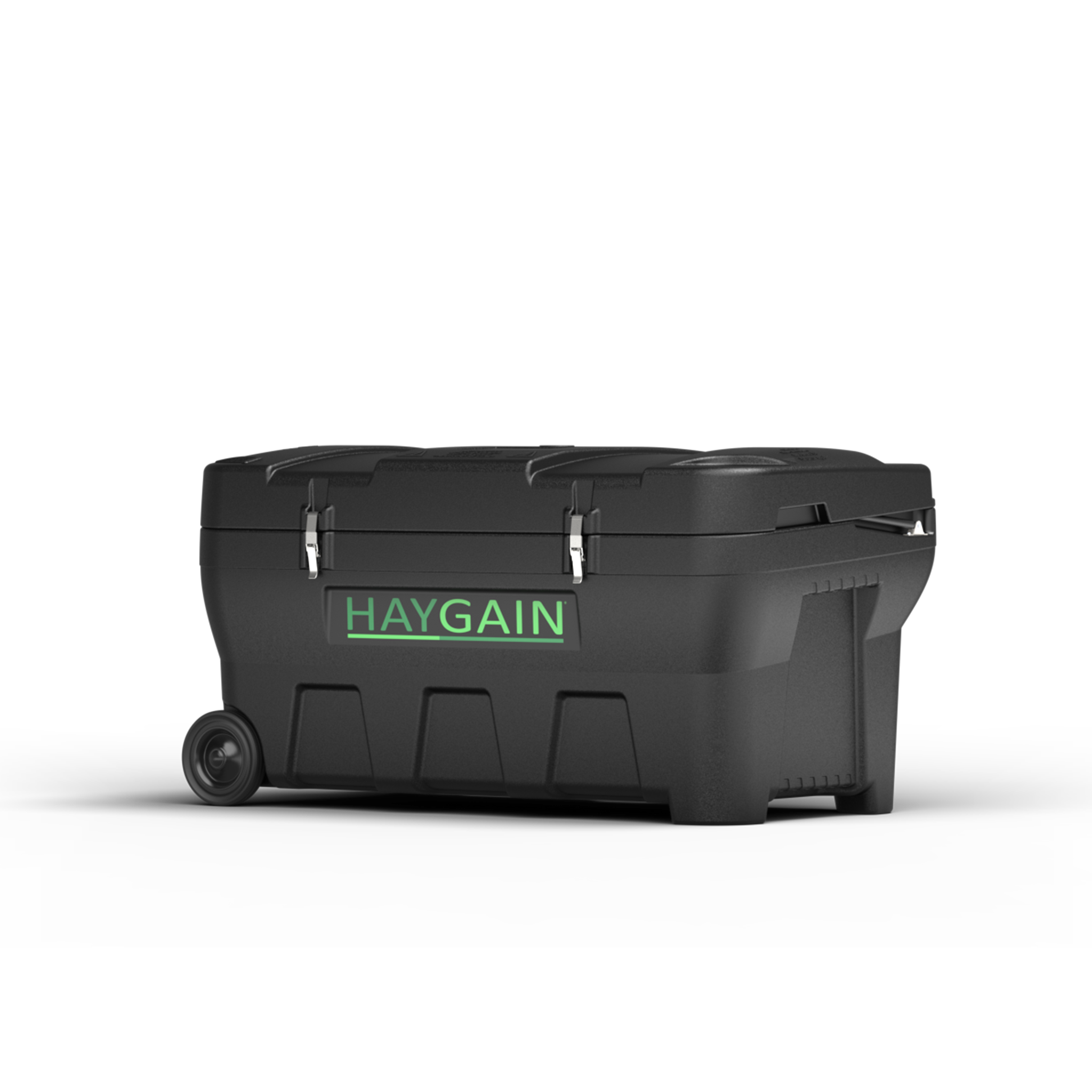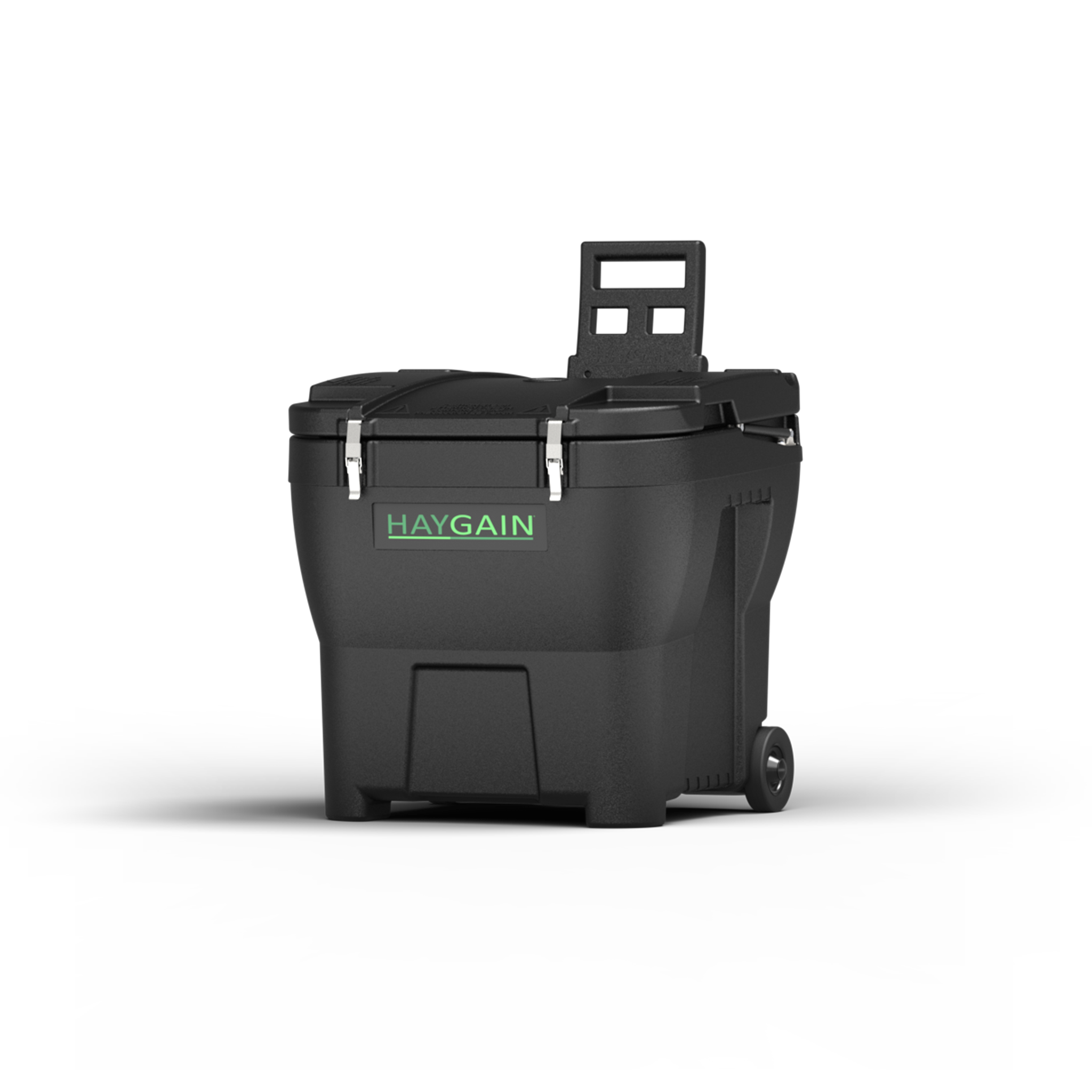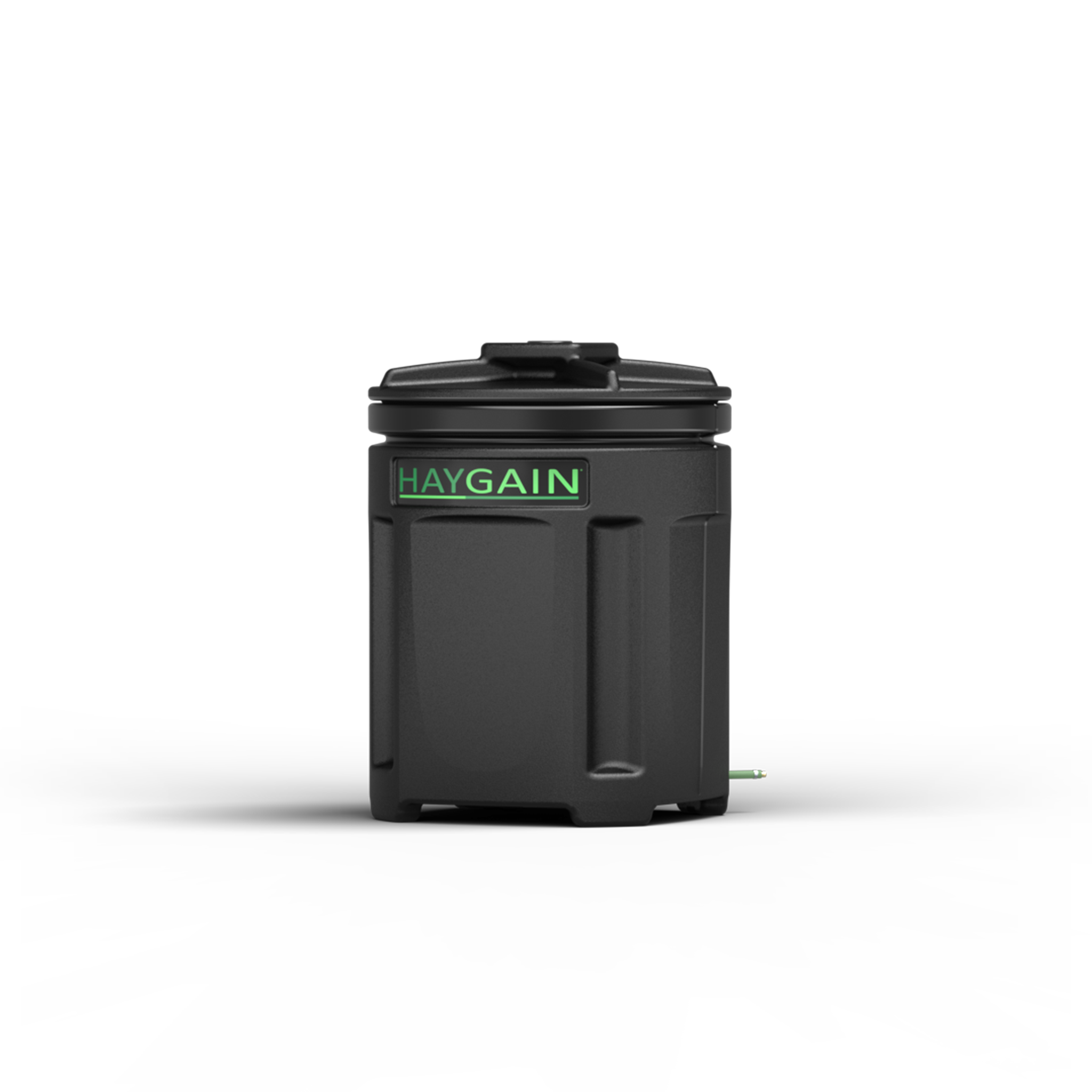The second of 3 articles written by Equine Nutritionist Briony Witherow BSc MSc RNutr. FHEA explaining the importance of forage analysis and how it is carried out.
Understanding the results: Basic Analysis
So, you’ve sent your forage off for analysis, the results are in but how do you interpret them?
First things First: As sampled vs Dry Matter (DM)
Typical analysis will show either or both moisture content (percentage of water in the sample) and dry matter (amount left when moisture is removed). These values are important for a number of reasons, from indicating how well a forage might store, to how much you may need to feed. As the dry matter range of haylage can be between 50-70%, in some cases feeding amounts may need to be up to one and half times the equivalent amount in hay in order to provide the same dry matter and subsequently nutrients.
the sample) and dry matter (amount left when moisture is removed). These values are important for a number of reasons, from indicating how well a forage might store, to how much you may need to feed. As the dry matter range of haylage can be between 50-70%, in some cases feeding amounts may need to be up to one and half times the equivalent amount in hay in order to provide the same dry matter and subsequently nutrients.
Bear in mind that the dry matter and moisture content result can be impacted by a lengthy period or poor storage conditions between sampling and arriving for analysis.
Results are typically reported in two ways, ‘as sampled’ (also termed ‘as fed’) and on a dry matter basis. The ‘as sampled’ results show the content of nutrients with the moisture content of the forage included. The results reported on a ‘dry matter’ basis provide nutrient content once the moisture has been removed. Subsequently, the results shown under ‘as sampled’ will appear lower than those shown on a ‘dry matter’ basis, as the moisture content essentially ‘dilutes’ the nutrients. 
Think of the dry matter figure as a cordial –when you add water this dilutes the cordial, the amount of cordial measured now available ‘as sampled’. If you wanted to compare two different cordials, it would be difficult to compare if each had a different amount of water added, so we remove the water and compare the cordials directly (dry matter).
It is for this very reason that minimum forage recommendations are provided on a dry matter basis, as a horse will eat to satisfy his dry matter needs (therefore he would consume greater quantities of a wet haylage as compared to a drier hay). Results reported on a ‘dry matter’ basis tend to be more commonly used as it allows for a comparison to be made between forages.
Energy
The energy or calories that a forage supplies are typically reported as digestible energy in megajoules per kilogram (DE MJ/Kg). In the UK, hay values can range from 4-10MJ/Kg and haylage from 6-12MJ/Kg. In some cases, energy/calorie level can be indicated by Total Digestible Nutrients (sum of digestible protein, nitrogen free extract, crude fibre and 2.25 x the digestible fat) from which digestible energy can be worked out (DE MJ/KG = ((%TDN/100) x 4.4) x 4.184).
Fibre
Fibre is typically represented by the percentage of acid detergent fibre (ADF) and neutral detergent fibre (NDF). ADF refers to the cell wall parts of the forage that are made up of cellulose and lignin while NDF is a measure of the total plant cell wall, including the ADF fraction plus hemicellulose. As ADF and NDF increase, digestibility decreases – a figure of more than 38% and more than 65% DM respectively, indicating lower digestibility. These figures should align with the level of maturity of the grass when it was cut, younger grass having a higher digestibility than more mature grass.
Modified Acid Detergent Fibre (MADF) can also be used and is a measure of fibre that is partially or completely indigestible, with a result of more than 38% indicating low digestibility.
Protein
Crude protein (CP) is reported as a percentage. While horses have a requirement for amino acids (the building blocks of protein) and not crude protein necessarily, this can still give an indication of quality. Typical UK forage values range from 3-12% DM protein, haylage (typically being cut earlier when less mature) tending to provide more crude protein than hay.
Minerals
 Depending on the type of analysis, individual minerals may be reported, or overall mineral content may be reported as percentage ‘Ash’ (common in NIRS analysis). Ash represents the mineral content of the forage and is typically anywhere between 3-12% on a dry matter basis. Be aware that soil contamination in the forage sample can cause high ash readings or high readings of specific minerals.
Depending on the type of analysis, individual minerals may be reported, or overall mineral content may be reported as percentage ‘Ash’ (common in NIRS analysis). Ash represents the mineral content of the forage and is typically anywhere between 3-12% on a dry matter basis. Be aware that soil contamination in the forage sample can cause high ash readings or high readings of specific minerals.
For analysis that provides individual mineral readings, while an excess or deficiency may be seen, the bigger picture needs to be appreciated with regard to mineral interactions and ratios. When interpreting individual mineral results, seek advice from an experienced nutritionist to help put these figures into context.
Overall Quality?
While not all analysis will include this, some include a measure of overall quality, called Relative Feed Value (RFV) or Relative Forage Quality (RFQ). Both provide an index for ranking forages based on overall quality. While RFV only considers the ADF and NDF, RFQ is based on more comprehensive analysis, being calculated from CP, ADF, NDF, fat, ash and NDF digestibility measured at 48 hours. For both measures, the higher the value the better the quality (an average score for both being 100).
Summary
⦁ When comparing forages be sure to use the dry matter results – this will make comparison between even hays and haylages possible.
⦁ Getting your head around dry matter versus moisture content is a key part of understanding total intake and why more haylage is typically fed compared to hay.
⦁ Fibre levels in forage can provide an indication of whether a forage was harvested early or mature and has a significant impact on digestibility and potential suitability.
⦁ Mineral analysis can be useful where poor performance or clinical issues are concerned but detailed interpretation should be sought from a nutritionist.
⦁ Analysis which includes an indication of overall quality (RFV/RFQ) can be useful points of comparison between forages which consider the whole analysis.
Read part 3
Abbreviations
ADF - Acid detergent fibre
CP – Crude Protein
DE – Digestible Energy
DM – Dry Matter
MADF - Modified Acid Detergent Fibre
NDF - Neutral detergent fibre
NIRS - Near Infrared Reflectance Spectroscopy
RFQ – Relative Forage Quality
RFV – Relative Feed Value
TDN – Total Digestible Nutrients
Harris, P.A., Ellis, A.D., Fradinho, M.J., Jansson, A., Julliand, V., Luthersson, N., Santos, A.S., Vervuert, I. (2017) Review: Feeding conserved forage to horses: recent advances and recommendations. Animal: An International Journal of Animal Science, 11 (6): 958-967
Muller, C.E. (2012) Impact of harvest, preservation and storage conditions on forage quality. In: Forages and grazing in horse nutrition, EAAP, Volume 132
Watts, K.A., Chatterton, N.J., (2004) A review of factors affecting carbohydrate levels in forage. Journal of Equine Veterinary Science, 24 (2): 84-86
